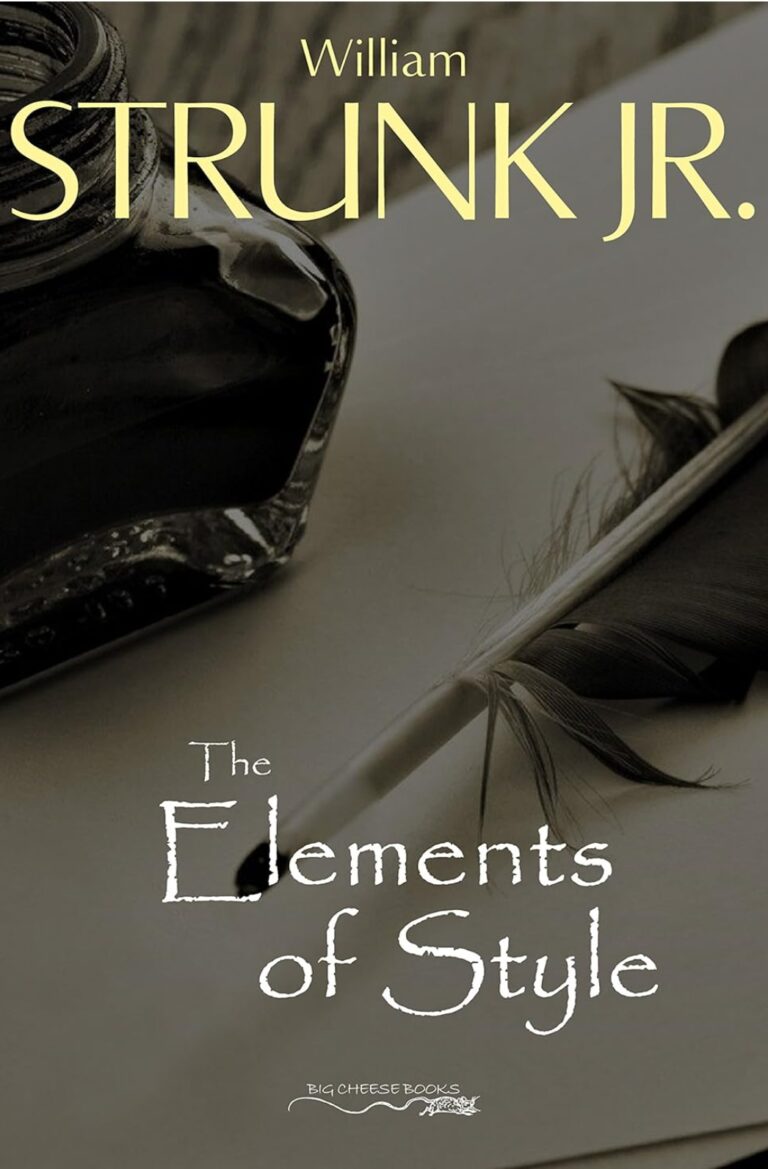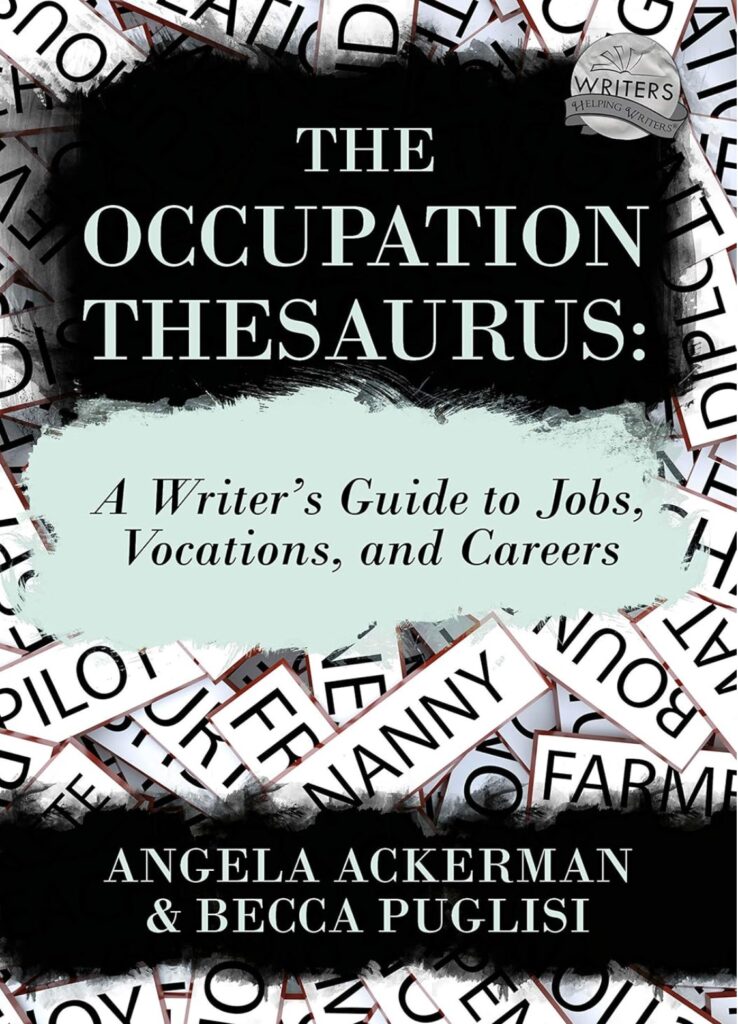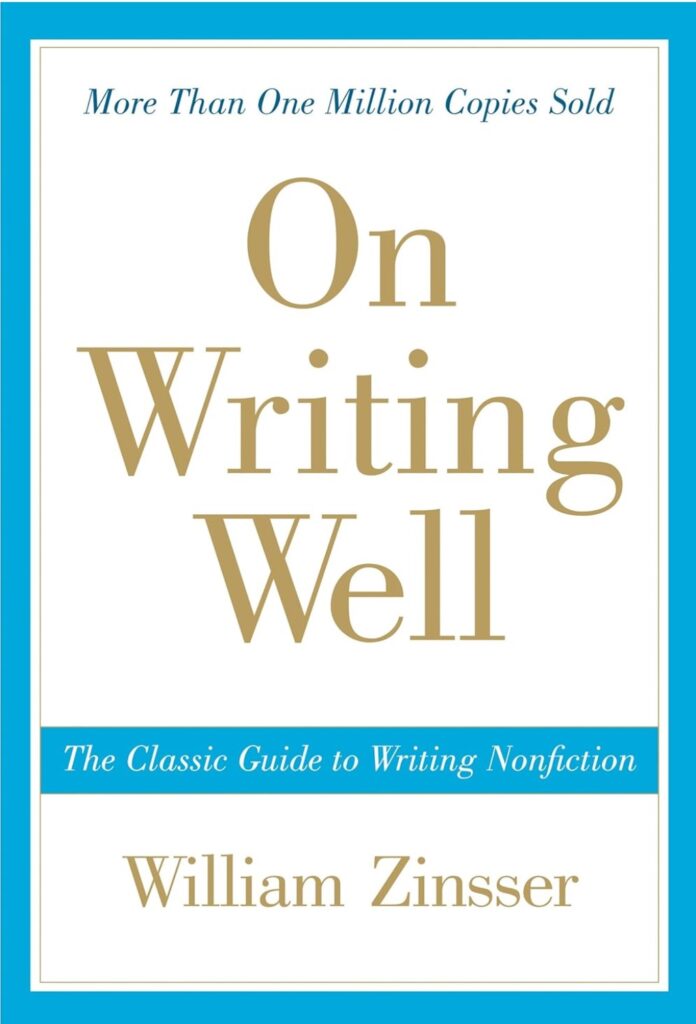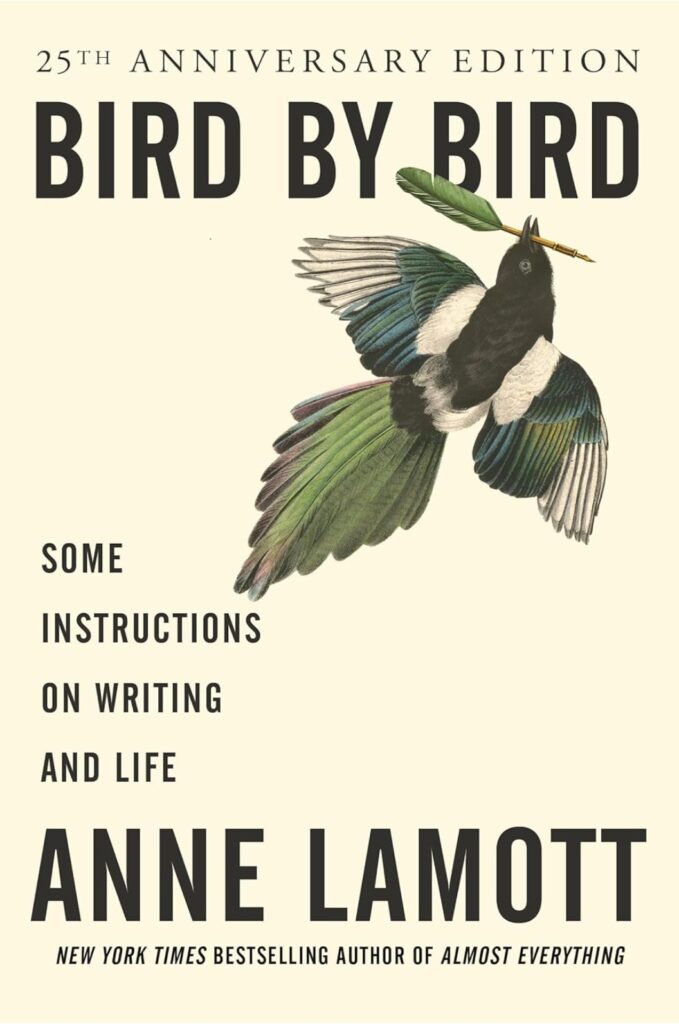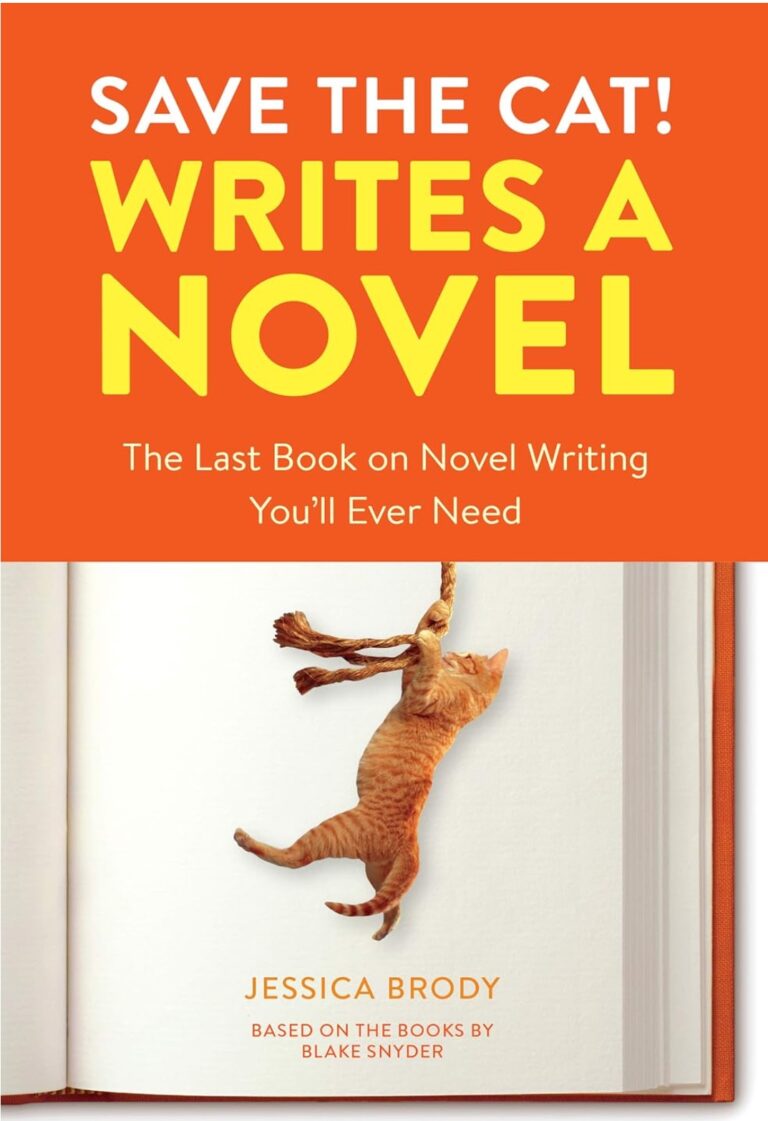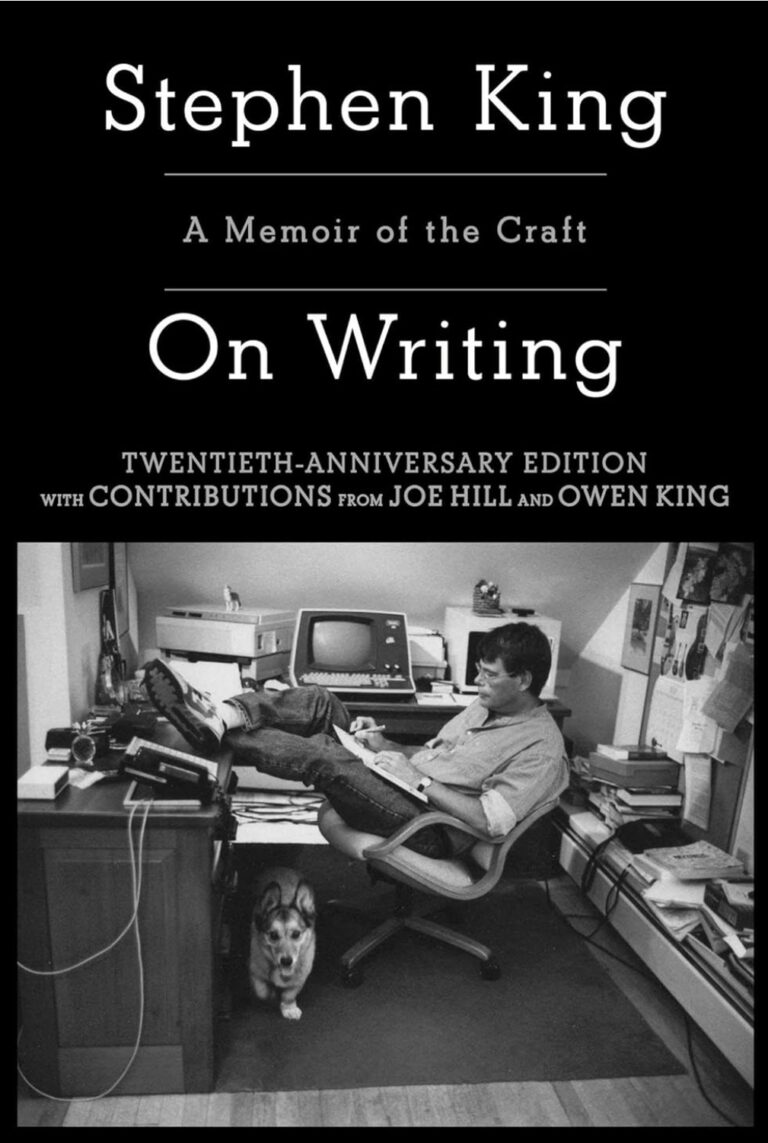Unlock the secrets to creating compelling characters with The Negative Trait Thesaurus: A Writer’s Guide to Character Flaws. This invaluable resource provides detailed descriptions and examples of various flaws, helping you add depth and realism to your characters.
Learn how to seamlessly integrate flaws into your stories and use them to drive conflict and character development.
Whether you’re crafting paranormal romances or gripping dramas, this thesaurus is a must-have for elevating your storytelling. Discover how to bring your characters’ emotions to life!
As a romance author specializing in insta-love stories, I constantly strive to create complex and relatable characters. One invaluable resource I’ve discovered is The Negative Trait Thesaurus: A Writer’s Guide to Character Flaws by Angela Ackerman and Becca Puglisi.
This book has profoundly influenced my approach to character development, particularly in my paranormal and alien romance stories.
Table of Contents
ToggleUnderstanding the Importance of Character Flaws
Why Character Flaws Matter
In my experience, flawed characters are far more engaging and realistic. Readers can relate to them and their struggles, making their journeys more compelling.
Ackerman and Puglisi’s book dives deep into the necessity of negative traits, providing detailed descriptions and examples of various flaws.
This has been particularly beneficial in my writing, helping me to create multi-dimensional characters that resonate with readers.
I’ve read the book and applied its principles to my stories. For instance, in a novella I wrote about a werewolf, I used the flaw of impulsiveness to drive the character’s actions and decisions.
This flaw not only added depth to his personality but also created tension and conflict, making his journey towards self-control and love more engaging.
Applying the Thesaurus to Paranormal and Alien Characters
Crafting Unique Flaws for Supernatural Beings
One of the strengths of The Negative Trait Thesaurus is its applicability to a wide range of characters, including supernatural and alien beings.
The book’s comprehensive list of flaws and their detailed descriptions allow for creative freedom in character development.
I’ve found that by giving my paranormal characters unique flaws, I can make their experiences more relatable and their arcs more compelling.
In a story I wrote about an alien protagonist, I used the flaw of arrogance, inspired by his advanced technological knowledge and abilities.
This trait initially creates a barrier between him and the human heroine. However, as the story progresses, his journey towards humility and understanding becomes a central theme, adding emotional depth to the narrative.
Enhancing Character Arcs
Character arcs are crucial in my stories, driving the narrative and ensuring reader engagement. Ackerman and Puglisi’s book provides invaluable insights into using character flaws to develop compelling arcs.
By understanding a character’s negative traits, I can craft believable growth and transformation.
In a novella I wrote featuring a ghost, the protagonist’s flaw of regret over unresolved past actions was central to the story.
I’ve applied what I learned in the book to depict his struggle with self-forgiveness and his journey towards finding peace and love in the afterlife.
This added a layer of emotional complexity to the story, making the resolution more satisfying for readers.
Practical Applications and Writing Tips
Integrating Flaws Seamlessly
One practical benefit of The Negative Trait Thesaurus is its advice on seamlessly integrating flaws into the story.
The book emphasizes showing flaws through behaviors, dialogue, and internal monologue rather than explicitly stating them. This approach has been incredibly effective in my writing.
For example, in a story I wrote about a minotaur, I introduced his flaw of stubbornness subtly through his interactions and decisions.
Rather than outright stating that he is stubborn, I showed it through his refusal to listen to others and his insistence on doing things his way.
This not only made his flaw more believable but also allowed readers to discover it naturally, enhancing their engagement with the character.
Creating Conflict and Resolution
Using character flaws to create conflict and drive the plot is another key takeaway from the book. Flaws can lead to misunderstandings, clashes, and obstacles that characters must overcome, adding tension and making the resolution more rewarding.
In a novella I wrote about a human-alien romance, the heroine’s flaw of insecurity creates significant conflict in her relationship with the alien hero.
Her constant doubts and self-questioning lead to misunderstandings and strained interactions. The book’s guidance on handling insecurity helped me craft a realistic portrayal of her struggles and her eventual growth towards self-acceptance and confidence.
Enhancing Emotional Depth
Adding Layers to Relationships
Character flaws add layers to relationships, making them more dynamic and interesting. In my insta-love romances, I use flaws to create initial tension and conflict that characters must work through, leading to deeper connections.
I’ve read the book and used its insights in a story where the heroine, a witch, has the flaw of jealousy. Her envy of others’ abilities creates tension in her budding relationship with a fellow witch.
Through the book’s detailed exploration of jealousy, I was able to portray her emotional journey authentically, making her eventual realization of her own worth and the strength of their love more impactful.
Developing Multi-Dimensional Characters
Multi-dimensional characters are essential for captivating storytelling. The Negative Trait Thesaurus provides a wealth of information on how to develop such characters by combining various flaws and showing their impact on behavior and relationships.
In a novella I wrote about a vampire, I combined the flaws of cynicism and guilt to create a complex protagonist.
His cynical outlook stems from centuries of betrayal, while his guilt over past actions haunts him. The book’s insights into these flaws helped me weave them into his character arc, making his journey towards redemption and trust more compelling.
Conclusion: A Must-Have Resource for Romance Writers
The Negative Trait Thesaurus: A Writer’s Guide to Character Flaws is an indispensable resource for any writer looking to add depth and realism to their characters.
Whether you’re writing about aliens, paranormal creatures, or humans, this book provides the tools and insights needed to create emotionally rich and engaging stories.
I’ve personally tried and used the techniques from this book in numerous stories, enhancing my characters and narratives. For anyone writing romance, especially within the realms of supernatural and paranormal, this thesaurus is a valuable addition to your writer’s toolkit.
It not only helps in understanding and depicting character flaws but also in crafting compelling character arcs that resonate with readers.
If you’re looking to elevate your characters and create stories that linger in the hearts and minds of your readers, I highly recommend The Negative Trait Thesaurus. It’s a resource that I return to time and time again, and it has become a cornerstone of my writing process.
Happy writing!





